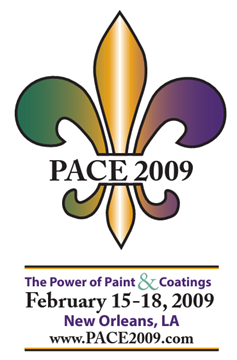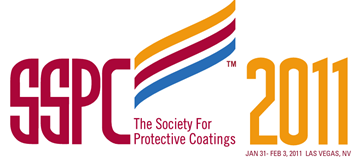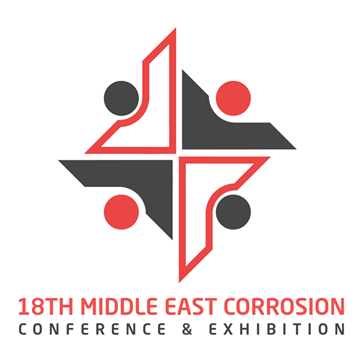Search
Conference Papers
View as
Sort by
Display
per page
Regulatory Update: New and Revised Regulations and Actions Effecting the Coatings Industry
Product Number:
51219-198-SG
Publication Date:
2019
$20.00
Rehabilitation of an Aging Concrete Reservoir Adit Tower
Product Number:
41209-513-SG
Publication Date:
2009
$20.00
Reinforced Concrete Protection Using Thermal Sprayed Coatings
Product Number:
41211-609-SG
Publication Date:
2011
$20.00
Reinforced Thermosetting Resin Pipes (RTRP) Failures & Quality Control Measures Adopted During Construction of The Largest LNGI facility in Kuwait
Product Number:
51323-18799-SG
Publication Date:
2023
$20.00
Reinforced Thermosetting Resin Pipes (RTRP) Failures and Quality Control Measures AdoptedDuring Construction of The Largest LNGI facility in Kuwait
Product Number:
MECC23-20057-SG
Publication Date:
2023
$20.00
Relating Changes in Electrochemical Properties to Barrier Property Changes of an Organic Coating System
Product Number:
51323-19314-SG
Publication Date:
2023
$20.00
Relationship between Inhibitor Adsorption and Surfactant Properties:Critical Parameters
Product Number:
51319-13245-SG
Publication Date:
2019
$20.00
Reliability Methods for Fracture Verification of Pipelines Subject to Lateral Buckling
Product Number:
MPWT19-15030
Publication Date:
2019
$0.00
Remaining Life Assessment of 9Cr-1Mo Steel Radiant Heater Tube in Continuous Catalytic Reforming Unit
Product Number:
51324-21147-SG
Publication Date:
2024
$40.00
Remaining Life Calculations and Crack Growth Rate for Various Forms of Stress Corrosion Cracking as a Function of Temperature
Product Number:
51321-16490-SG
Publication Date:
2021
$20.00
Remaining Strength Of Corroded Pipe Direct Assessment Process
Product Number:
51316-7056-SG
ISBN:
7056 2016 CP
Publication Date:
2016
$20.00
Remediation of Microbially Contaminated Horizontal Wells with Acrolein
Product Number:
51320-14992-SG
Publication Date:
2020
$20.00














